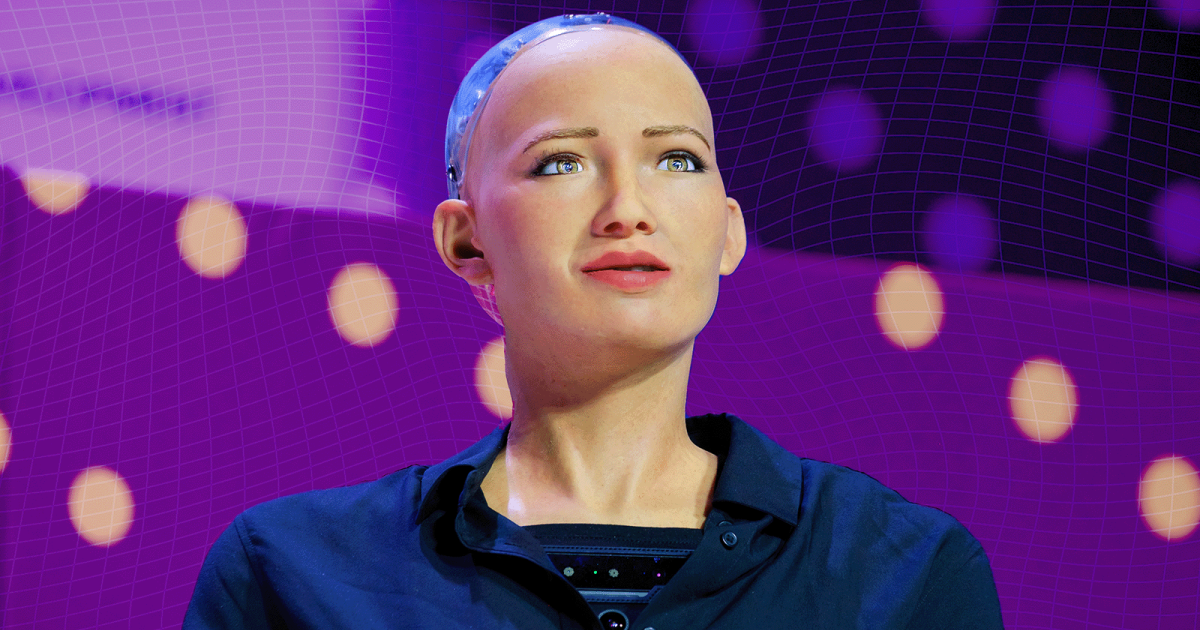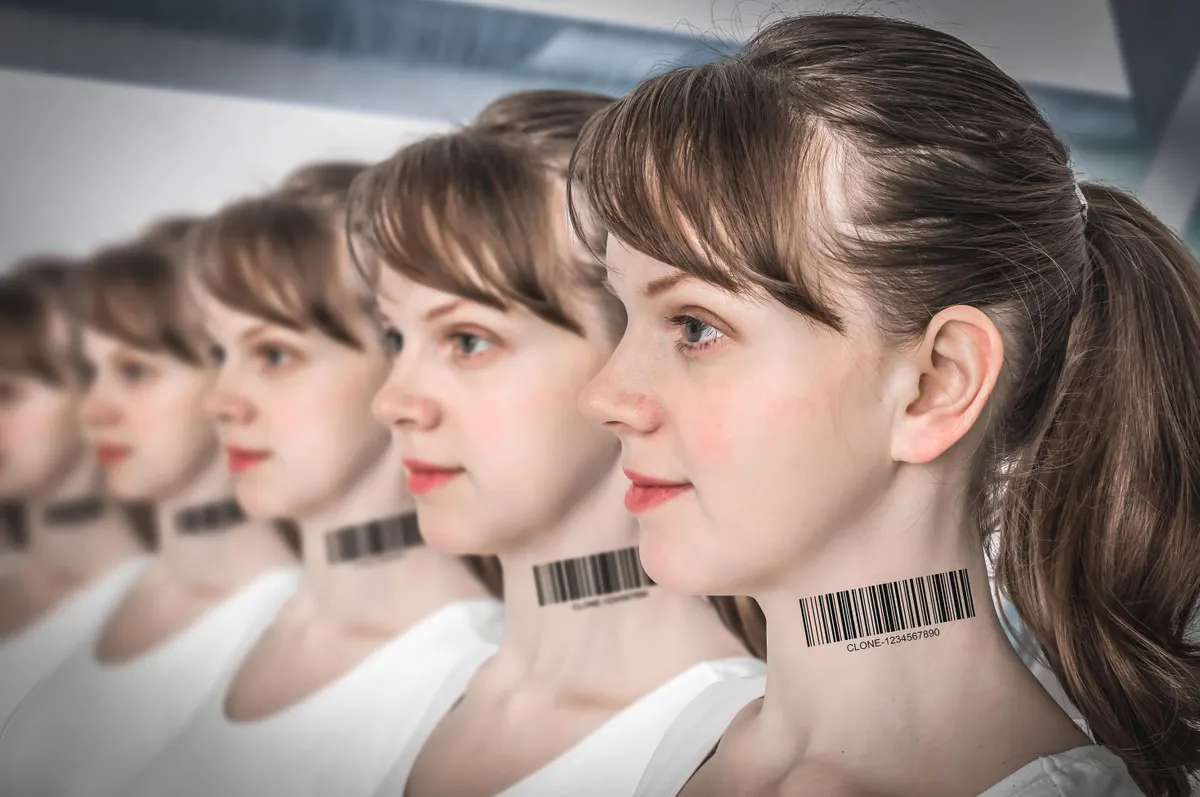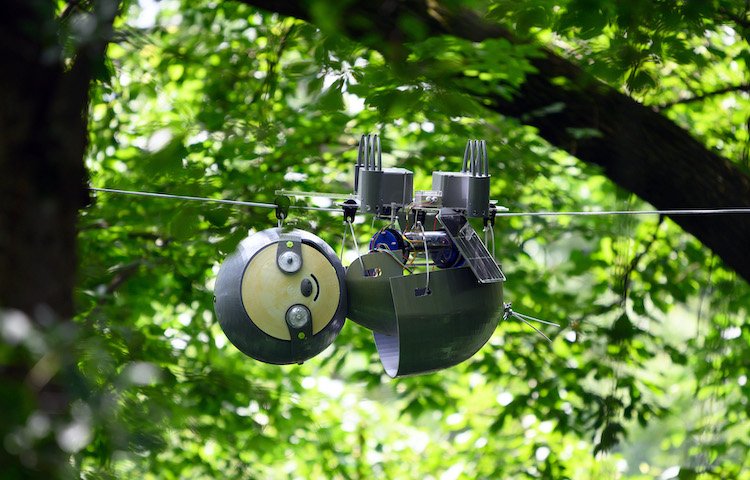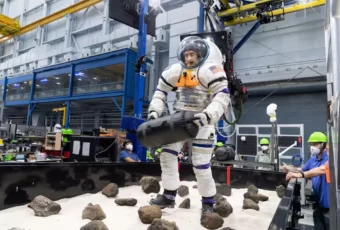
Uncanny Valley
The concept of the uncanny valley was first introduced by Japanese roboticist Masahiro Mori in 1970. He theorized that as a robot’s appearance becomes more human-like, people’s emotional response to it becomes increasingly positive until a certain point. However, once the robot’s resemblance to a human crosses a specific threshold, the emotional response takes a sharp downturn, plunging into a valley of unease and discomfort.
The uncanny valley effect can be attributed to the human brain’s ability to recognize and interpret familiar human traits and emotions. When faced with something that closely resembles a human but exhibits subtle discrepancies or unnatural features, the brain struggles to process this incongruity. This cognitive dissonance can trigger a negative emotional response, as the brain perceives the object as a distorted representation of a human, which can feel unsettling and even repulsive.

Why It Causes An Uncomfortable Feeling
The uncanny valley phenomenon has significant implications for various industries. For example, in robotics, designers must carefully navigate this valley to create robots that are both relatable and acceptable to humans. Similarly, in animation and computer graphics, developers strive to create characters that evoke empathy and connection while avoiding the unsettling feeling of the uncanny valley.
While the uncanny valley is primarily associated with artificial representations of humans, it can also apply to other fields, such as virtual reality and medical simulations. Striking the right balance between realism and artificiality is a constant challenge, as developers aim to create experiences that are immersive and engaging without triggering the eerie sensation of the uncanny valley.

Cute Robots Are Not As Fearsome For Many
In conclusion, the uncanny valley refers to the disconcerting feeling experienced by humans when encountering humanoid objects or characters that closely resemble humans but fall short in certain aspects. This concept plays a crucial role in the design of robots, animations, and computer graphics, as it highlights the delicate balance between creating lifelike representations and avoiding the unsettling emotional response. Understanding the uncanny valley can help designers and developers create more relatable and emotionally resonant experiences while avoiding the eerie and discomforting valley that lies between realism and artificiality.

It Plays A Significant Role In Robotics, AI, And More








